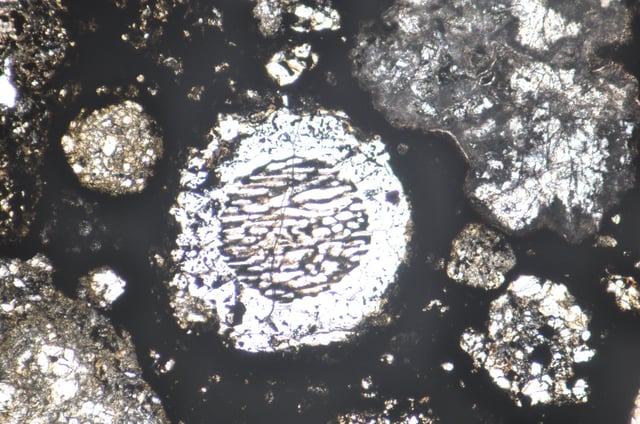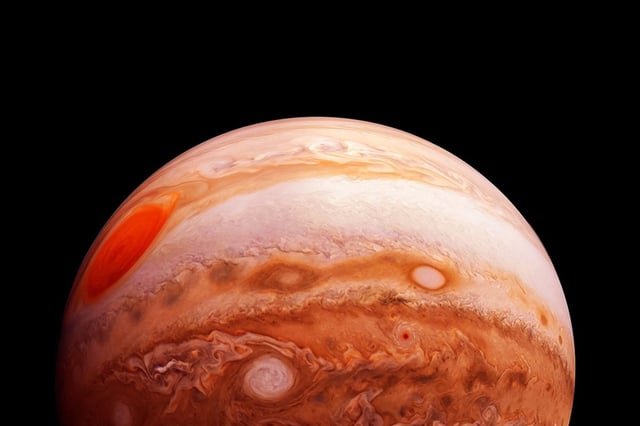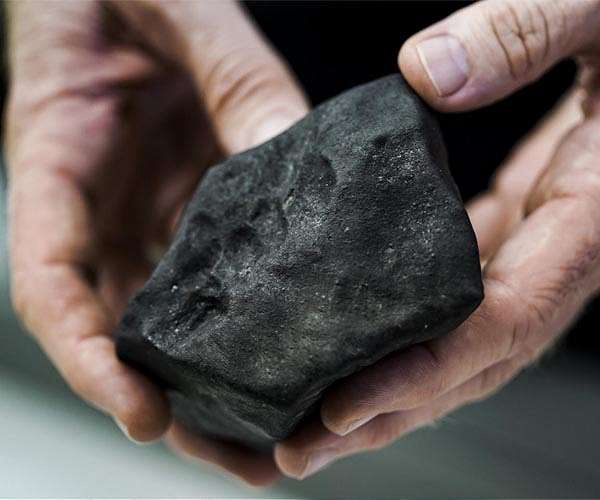Overview
- Researchers from Nagoya University and Italy’s INAF used simulations tied to meteorite evidence to reconstruct early solar system collisions.
- The models reproduced realistic chondrule sizes, cooling rates, and abundances that match laboratory analyses of meteorites.
- Jupiter’s growing gravity drove high-speed impacts that instantly vaporized water, with expanding steam shattering molten silicate into droplets.
- Chondrule production peaks in the simulations during Jupiter’s rapid gas accretion phase, aligning with a formation time 1.8 million years after the solar system’s start.
- The study, published in Scientific Reports, suggests later chondrule ages likely reflect additional bursts triggered by other giants such as Saturn and offers a method to time planet formation in other systems.


